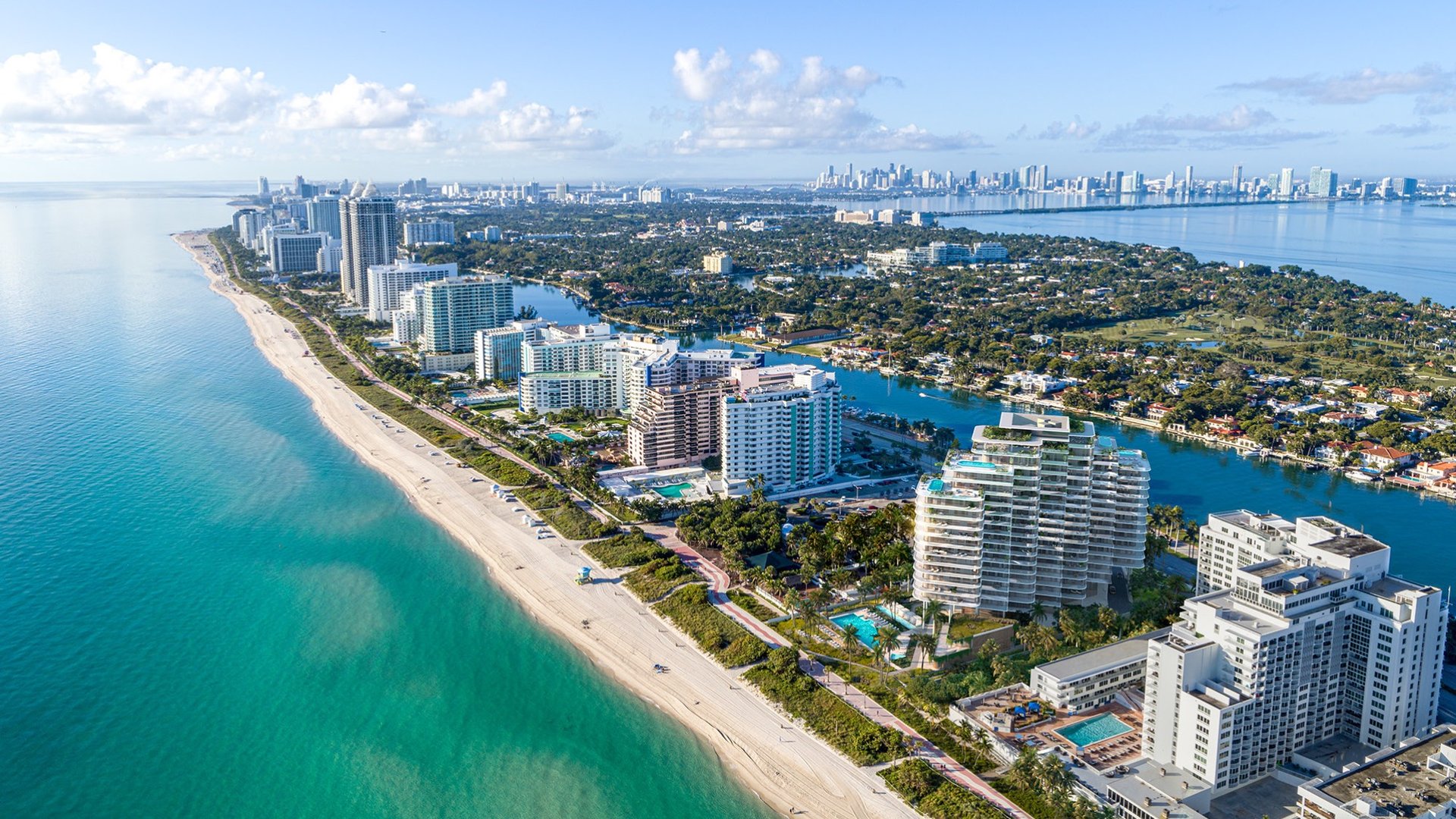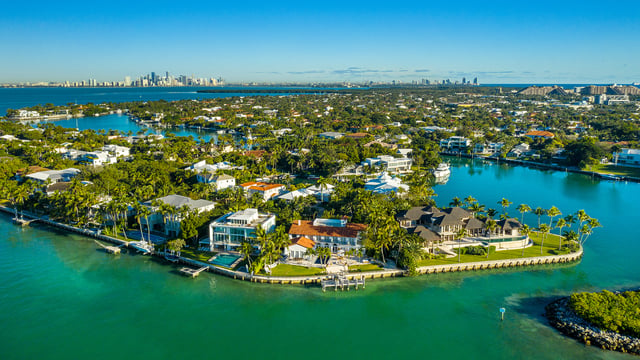
High‑Floor vs. Low‑Floor Living: Wind, Salt, Elevators & Views in South Florida Towers
The Decision Behind the View
In a skyline defined by glass and water, the floor you choose quietly determines how you live. Above the clouds, sunrise‑to‑sunset panoramas feel cinematic and rare; nearer the treetops, you gain immediacy to the beach, faster elevator rides, and a more intimate relationship with the city below. There is no universally “best” height—only a best match to climate, routine, and priorities.
Environment: Wind, Salt & Sound
High floors collect more wind. Terraces may be breezier and furniture selections should plan for occasional gusts; glazing specifications and door hardware matter. Salt exposure reaches every level, but spray intensity and cleaning logistics differ—especially on corners. Low floors trade breeze for a softer soundscape and easier terrace use during winter north winds.
Acoustics invert expectations. High floors lift you above street energy, yet helicopters, rooftop venues, and distant marine traffic can re‑enter the mix. Closer to grade, careful curtain‑wall design and bedroom orientation shield daily life. Wherever you land, insist on robust door seals, laminated glass, and mechanicals designed for coastal duty. On ocean lines, low‑ and mid‑stack homes often feel closer to the water and dunes—romantic at sunrise and practical for families and pets—while upper levels deliver horizon lines that some collectors consider non‑negotiable.
Mobility & Everyday Pace
Elevator experience is a real amenity. Express cabs to sky lobbies compress ride times for high floors, but queues can build at peak hours if programming lags. Mid‑ and low‑rise stacks often feel quicker end‑to‑end, especially for fitness‑oriented routines that favor stairs to amenities and beach paths. Package delivery and service calls also reach you faster lower in the stack.
Consider the tower’s scale and pedigree. Ultra‑curated buildings such as 1428 Brickell and waterfront flagships like The Perigon or Aria Reserve Miami optimize cab counts, destination dispatch, and service corridors to keep the pace seamless. Across Ocean Drive and Collins Avenue, boutique oceanfronts like 57 Ocean offer fewer residences per floor, which can make lower stacks especially appealing for daily rhythm.
Materials & Maintenance
Specify marine‑grade metals on railings and outdoor kitchens, porcelain or stone decking with grip, and furniture that tolerates wind and salt. Landscape plans on large terraces should account for alignment to sun and prevailing breeze. Inside, humidity control and filtration extend the life of finishes, art, and closets, while acoustic underlayment tempers impact noise regardless of height.
Resale & Rarity
Rarity drives liquidity. Penthouse‑caliber corners with wraparound terraces, double‑height salons, and private pools command global attention—and deserve forensic inspection of wind patterns and mechanical resilience. Conversely, low‑rise homes with private gardens, plunge pools, or direct amenity access are scarce in new construction; when combined with covered parking proximate to the residence, they trade quickly.
When comparing two otherwise similar lines, default to superior light, protected views, and the quietest bedroom orientation. These details photograph beautifully and live even better, reinforcing future demand. In South Florida, those qualities tend to outlast design trends and drive the ultimate price on exit.
For private guidance on South Florida’s most exceptional properties, visit Million Luxury.







